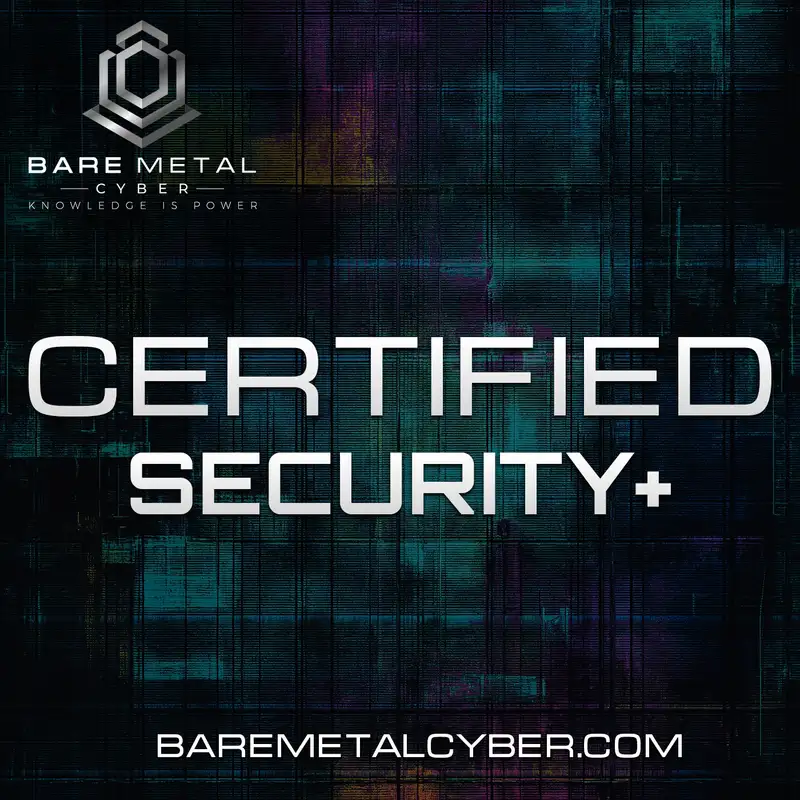Episode 10: Security Control Types Explained (Part 2) (Domain 1)
In the second half of our discussion on control types, we explore detective, corrective, compensating, and directive controls—each of which plays a crucial role in identifying and responding to security incidents. Detective controls, such as intrusion detection systems and log monitoring, help uncover ongoing or completed attacks, while corrective controls like system patches or incident response procedures are designed to remediate damage and restore operations. Compensating controls serve as alternative safeguards when standard controls are not feasible, often used in compliance-driven environments to meet regulatory requirements. Directive controls provide formal guidance through policies, security handbooks, and posted procedures, reinforcing desired behavior and institutional accountability. These control types work together to create resilience, adaptability, and enforcement continuity across complex IT environments. Knowing how and when to apply them is key to effective risk mitigation and compliance.
